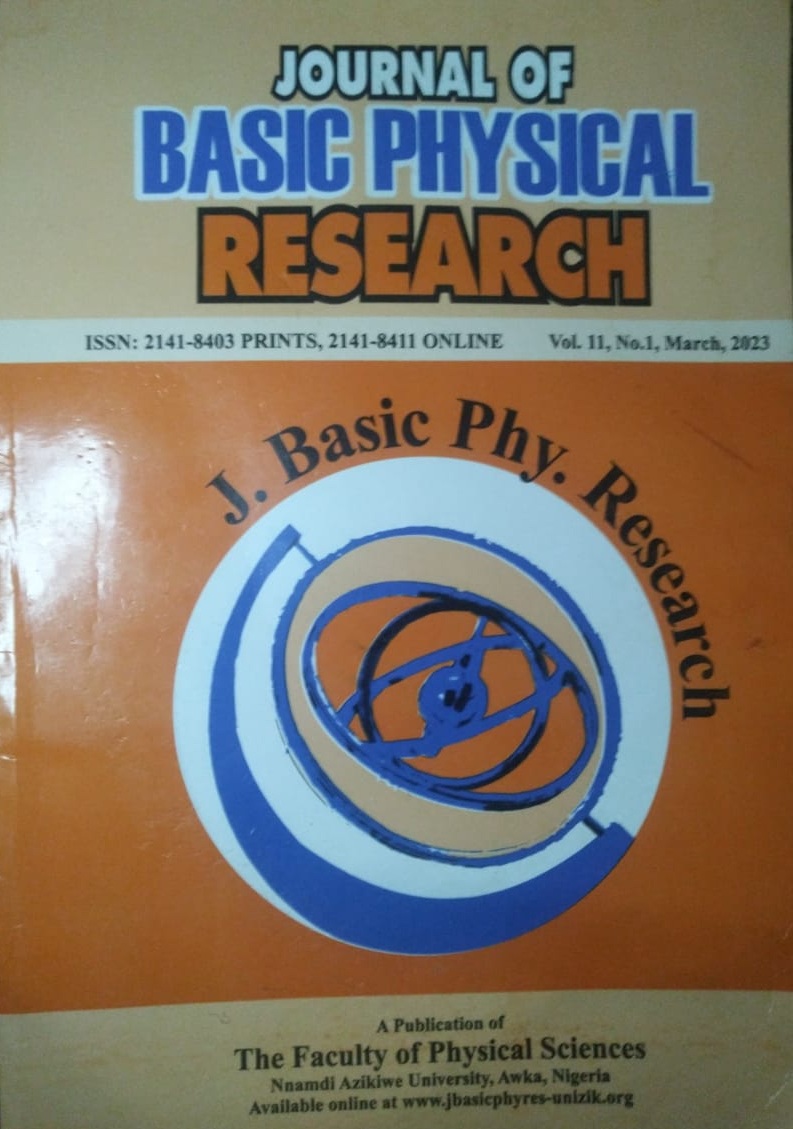RESISTIVITY TECHNIQUES FOR GROUNDWATER EXPLORATION IN PARTS OF BASEMENT COMPLEX OF SOUTHWESTERN NIGERIA
Keywords:
Hydro-geophysical, Resistivity,Delineation, Fracture and AquiferAbstract
Quality water for use has been abysmally difficult to come by in the Oye Ekiti metropolis. Thus, an aggressive exploration effort toward providing clean water is essential in the area. The study is within the coordinates of longitudes 50 41' 40 "E - 5043' 20"E,and latitudes 70 31'50"N -7ᵒ 62' 50"N. Thus 9 Horizontal Profiling (HP) traverses, 9 Spontaneous Potentials (SP) traverses, and 31 Vertical Electrical Sounding (VES) points were employed to assess the groundwater potential of the area. The SP identified zones that show a peak of varying polarity indicating streaming potential which is evidence of groundwater movement.The movement is majorly directed in the East-to-west axis, indicating the major groundwater flow directions in the area.HP inversions and 2D models from most of the traverses indicate aquiferous layers with average resistivity and depth range of 10.5 – 93.5 Ωm and 50 – 90 m in the area. The geologic sections delineated five subsurface geologic layers; this includes the topsoil, laterites, sandy clay, weathered basement, and fresh basement. The resistivity range of the fresh basement is 535 – 6176 Ωm. The weathered basement is generally thin and constitutes the main aquifer unit within the area. The resistivity low of the weathered basement could indicate enhanced permeability due to significantly fractured density and the tendency for moderate groundwater potential and yield through the groundwater potential map. The area could therefore be said to portray a moderate groundwater potential.


